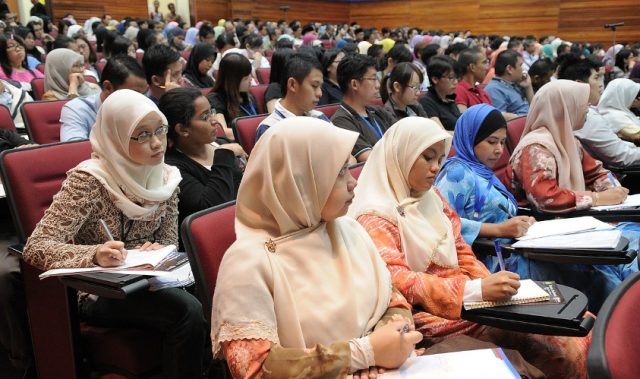
AsianScientist (Apr. 21, 2015) – By Dalmeet Singh Chawla – Innovation activity in substantial parts of the developing world is falling further behind that in rich countries, a report warns.
The study, published in PLOS ONE last week, examined 2.9 million patents filed worldwide from 1990 to 2010. It concluded that many developing countries, mainly in Africa and Asia, are producing fewer inventions now than they did in the early 1990s despite seeing economic growth.
It also compared patent output with scientific output, finding that a fall in the number of journal papers generally correlated in a drop in patent filings. But for some Central and South American nations, such as Brazil, the number of patents remained low despite a steady increase in the number of papers published each year.
As a result, Argentina, Brazil and Caribbean countries were found to have stagnated in their ability to produce inventions from their research—and the gap between the number of new patents issued in Brazil and the United States grew by 54 percent between 1990 and 2010.
Over the same timeframe, China and India made “significant” leaps in how many patents they filed, but South Africa’s output declined, the report found.
“The fear is that the more we advance in the high technology world, the less likely it is that the less advanced countries will catch up,” says Hannes Toivanen, coauthor of the study and a researcher at the VTT Technical Research Center of Finland.
Another dilemma, Toivanen says, is that richer countries are accumulating more and more patents, and are adding licensing fees that make it harder for others to access that knowledge.
Between 2005 and 2010, eight rich countries—comprising only 11 percent of the world’s population— accounted for 91 percent of all patent applications, the report found. This has barely changed since 1990-95, and Toivanen warns that this trend could limited poorer countries’ ability to access and benefit from future knowledge.
“The problem for developing countries is that they do not necessarily have the educational and research structure to try and start catching up with research at the forefront,” said Johanna Gibson, an expert in intellectual property law at Queen Mary, University of London, United Kingdom.
One way around this problem, the study suggests, is to transfer usage rights inventions, such as vaccines, to less innovative countries once they have been commercially exploited in richer countries. But this approach has its limitations, Toivanen says.
“It should be about providing capabilities to solve problems within that society, not about providing them with quick fixes.”
The article can be found at: Toivanen et al. (2015) The Global Inventor Gap: Distribution And Equality Of World-Wide Inventive Effort, 1990–2010.
———
Source: SciDev.Net.
Disclaimer: This article does not necessarily reflect the views of AsianScientist or its staff.












